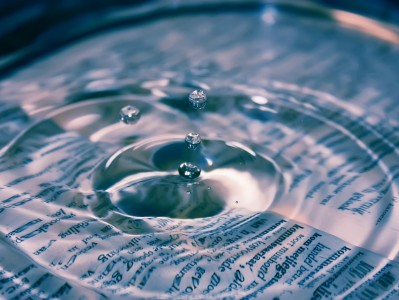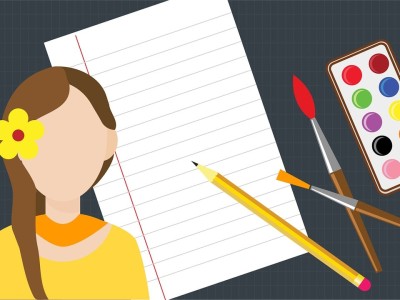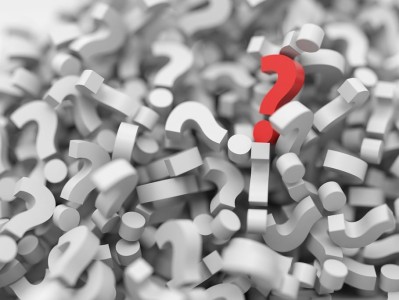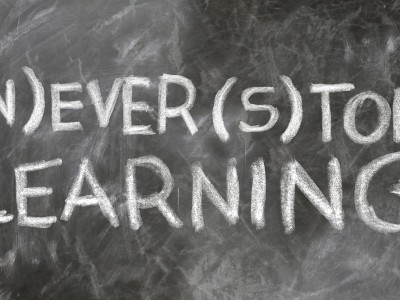中国书法艺术的重要基础是
Title: The Significance of Calligraphy and Art: Exploring Their Importance
In the realm of artistic expression, the debate surrounding the significance of calligraphy versus other forms of art is both nuanced and subjective. To grasp their respective importance, it's crucial to delve into their historical contexts, cultural influences, and contemporary relevance.
Historical Significance:
Calligraphy holds deep roots in various cultures, serving not only as a means of communication but also as a revered art form. In ancient China, calligraphy was esteemed as the highest form of visual art, embodying elegance, precision, and spiritual depth. Similarly, Arabic calligraphy played a pivotal role in preserving the Quranic text and became a revered art form across the Islamic world. These historical contexts highlight calligraphy's profound cultural significance, shaping its enduring legacy.
On the other hand, art encompasses a vast spectrum of creative endeavors, ranging from painting and sculpture to multimedia installations. Throughout history, art has been instrumental in reflecting societal values, challenging conventions, and expressing individual perspectives. From the Renaissance masterpieces of Europe to the contemporary avantgarde movements, art has continuously evolved, leaving an indelible mark on humanity's collective consciousness.
Cultural Influences:
The importance of calligraphy extends beyond its aesthetic appeal; it serves as a conduit for cultural heritage and identity. In East Asian societies, calligraphy is not merely a skill but a reflection of one's character, temperament, and spiritual essence. The intricate strokes of Chinese characters or the flowing lines of Arabic script carry profound cultural symbolism, connecting individuals to their linguistic and artistic traditions.
Art, meanwhile, transcends cultural boundaries, fostering crosscultural dialogue and understanding. From the surrealism of Salvador Dali to the minimalist aesthetics of Japanese Zen art, artistic movements traverse continents and epochs, resonating with diverse audiences. Through art, cultural exchange flourishes, enriching global discourse and challenging ethnocentric perspectives.
Contemporary Relevance:
In today's digital age, the relevance of calligraphy and art persists albeit in evolving forms. Calligraphy enthusiasts harness modern tools and platforms to propagate this ancient art, blending tradition with innovation. Online tutorials, social media platforms, and digital art exhibitions democratize access to calligraphic knowledge, fostering a global community of practitioners.
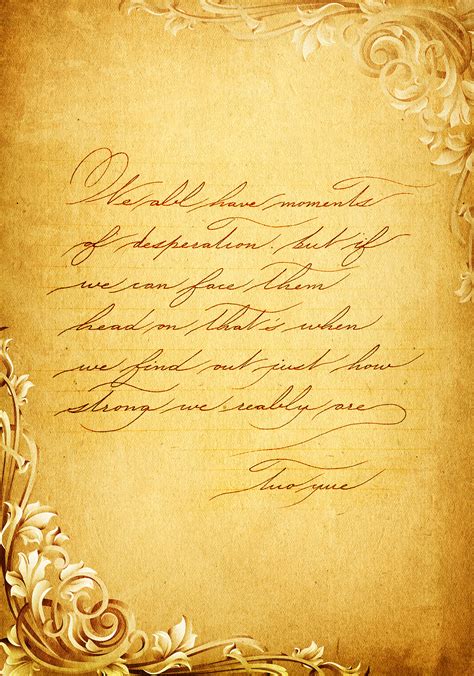
Similarly, contemporary art continues to push boundaries, confronting pressing issues such as identity, environmentalism, and social justice. From street murals advocating for political change to immersive installations exploring virtual reality, artists engage with the zeitgeist, provoking critical reflection and societal dialogue. In an era marked by rapid technological advancements and cultural globalization, art serves as a compass, guiding humanity through complex existential questions.
Conclusion:
In essence, the debate over the importance of calligraphy versus art is not a binary opposition but a nuanced exploration of cultural heritage, artistic expression, and human creativity. Calligraphy, with its deeprooted traditions and cultural significance, offers insights into the beauty of language and the soulful resonance of visual expression. Art, in its boundless diversity and universal appeal, transcends borders, inspiring empathy, and introspection.
Rather than competing for primacy, calligraphy and art complement each other, enriching our understanding of the human experience. Whether through the meticulous strokes of a calligrapher's brush or the bold strokes of a contemporary painter's canvas, both forms of expression remind us of our shared humanity and the enduring power of creativity. As we navigate the complexities of the modern world, let us cherish the richness of our artistic heritage and celebrate the boundless possibilities of the human imagination.
